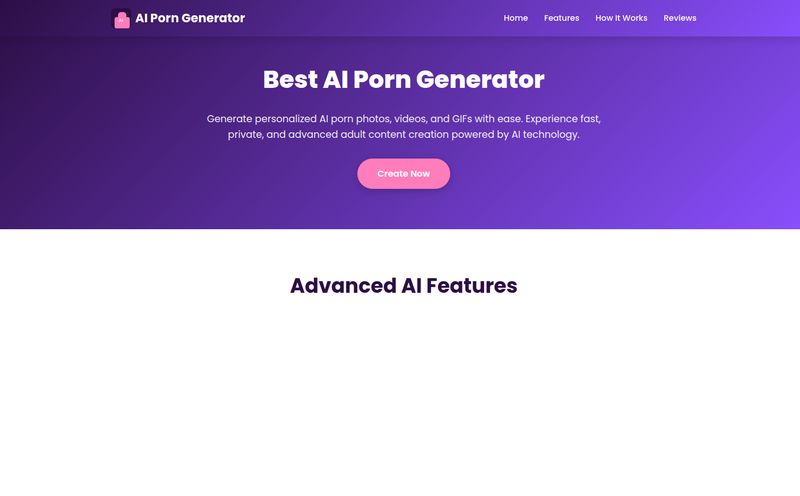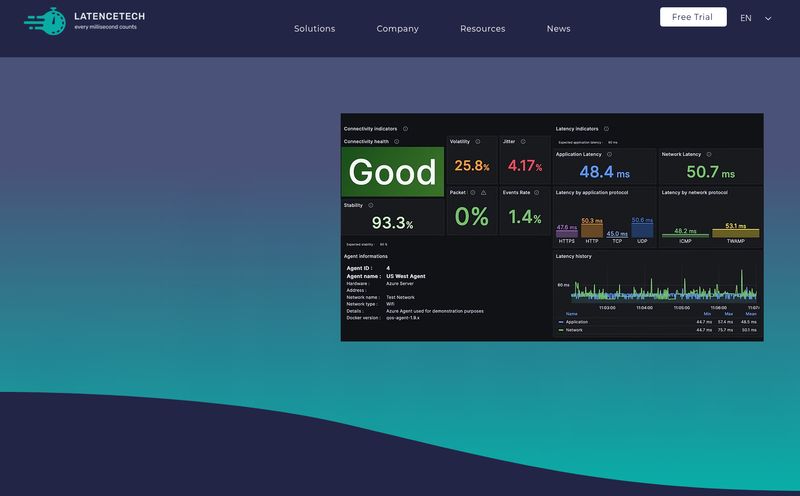The B2B Analytics Tool That “Gets It” (And Got Acquired)
If you’re in the B2B SaaS world, you know that user analytics can be a special kind of headache. You’re not just tracking individual users clicking around. You’re tracking accounts. Entire companies. You need to know if Acme Corp, with its 22 seats, is getting value, not just if [email protected] logged in yesterday.
Most generic analytics platforms just don’t get this. They’re built for B2C, for volume, for individual user paths. Trying to wrangle them to see company-level health is like trying to use a map of the London Underground to navigate the streets of Tokyo. It’s… not ideal.
And that’s why I was always so intrigued by June.so. It’s one of the few tools I’ve seen that was built from the ground up with a singular focus: making sense of analytics for B2B SaaS companies. It speaks our language.
But there's a pretty big plot twist to this story. If you’ve been on their site recently, you’ll have seen the banner: the June founding team is joining Amplitude. Yup. That’s a game-changer. So, this isn't just a review; it's a look at a great tool and a discussion about what this big move means for its future.
So, What Was June’s Secret Sauce?
Before we get into the Amplitude news, you need to understand why June was turning heads in the first place. It wasn't about reinventing the wheel, it was about building a better car specifically for a B2B roadtrip.
June connects to your product data (usually via an analytics tool like Segment) and automatically generates reports that are actually useful for a B2B business. Instead of a blank canvas where you have to build every report from scratch, June gives you a starting point. It's designed to answer the questions that keep SaaS founders up at night:
- Which of my new accounts are activating properly?
- Which high-value customers are at risk of churning?
- What features are my power-user companies using most?
- How is our latest product launch impacting company-wide engagement?
It shifts the focus from vanity metrics (like total signups) to the metrics that actually impact your bottom line, like account retention and expansion.

Visit June
The Features That Actually Move the Needle
I’ve seen a million feature lists in my time. Most are just noise. But June’s feature set felt… intentional. Everything served the core mission of understanding B2B customers.
Getting the Full Picture with Company Profiles
This is the big one. June creates a profile for each company using your product. It pulls together all the individual users from that account and shows you a single, unified view of their activity, health, and engagement. For a Customer Success Manager, this is pure gold. You can see at a glance that Acme Corp’s usage dipped by 20% last week, even if a few of their users are still logging in. That’s an actionable insight right there.
Auto-Generated Reports That Don't Suck
We’ve all seen those dashboards that are just a mess of colorful, meaningless graphs. June’s approach is different. It provides pre-built templates for things like feature adoption, user retention by cohort, and company-level engagement. It's less about data vomiting and more about providing a clear narrative about how your customers are behaving.
Playing Nice with Your Existing Stack
A tool is only as good as its integrations. June knew this. They built slick, two-way syncs with the CRMs we all use, like HubSpot, Salesforce, and Attio. This means you can send those valuable company health scores and activity data right back into the place where your sales and success teams live. No more toggling between ten different tabs to understand a customer.
Predicting the Future with Customer Health Scores
June uses all that juicy product data to create a dynamic customer health score. This isn’t some static, made-up number. It’s a living metric that tells you who’s thriving and, more importantly, who’s quietly heading for the exit. This proactive approach to churn reduction is what separates growing companies from struggling ones. You can even set up alerts for when a key account's health score drops.
The Good, The Bad, and The Complicated
No tool is perfect, right? Here’s my honest breakdown.
The things I genuinely loved about June were its simplicity and its laser focus. The testimonial from Daniel Zareck on their site really nails it: "One of the best things about june is that it is a platform that can be used by our entire team, not just the product team but also... marketing, customer success, sales and everyone else." When a tool breaks down data silos, you know it's doing something right. The promise of getting set up in 30 minutes is also incredibly appealing in a world of six-month implementation projects.
On the flip side, June’s niche focus is also its main limitation. If you run a B2C app, a content site, or a SaaS with a very low price per user ('set-and-forget' products), this isn't for you. It's built for a specific business model, and that's okay.
The other thing is the pricing. The site says "Contact for Pricing" for their all-in-one plan. In my experience, that’s code for “it’s not cheap, and we want to talk to you to make sure you’re a good fit.” It's a common strategy for high-value B2B products, but it can be a barrier for teams that just want to see a price tag and sign up.
So, What’s the Deal with Amplitude?
This is the elephant in the room. The June team is joining Amplitude, a giant in the product analytics space. What does this mean?
First off, it’s a massive validation of their product and vision. You don’t get acqui-hired by a market leader like Amplitude unless you've built something special. They clearly solved a problem that even the big players were struggling with—making complex B2B analytics simple and actionable.
My guess? The DNA of June will be woven into the Amplitude platform. We'll likely see Amplitude's B2B offerings get a lot smarter, with more out-of-the-box reports and a stronger focus on company-level analytics. This is great news for Amplitude customers.
For existing June customers, the future is a bit hazier. The team will likely prioritize integrating their tech into the new ecosystem. For new customers, it poses a question: do you sign up for a product whose long-term standalone future is uncertain? It's a tough call.
Who Should Still Consider June?
Even with the big news, the ideal customer profile for June's philosophy remains clear. You're a great fit if you are a B2B SaaS company, probably with a mid-market or enterprise focus. You have dedicated customer success and account management teams who would kill for better data. And you’re already using a tool like Segment or have the dev resources to implement their SDK.
If you’re a scrappy startup with a tiny per-user fee or you're pre-product-market fit, you should probably stick to simpler, freeer tools for now.
Frequently Asked Questions About June.so
- What made June.so different from Google Analytics?
- June was built specifically for B2B SaaS and focused on company-level analytics, not just individual user sessions. It provided actionable, pre-built reports on account health and retention, whereas GA is a more general-purpose tool.
- Is June difficult to set up?
- Their marketing claimed you could get started in 30 minutes. While the platform itself is user-friendly, it does require integration with your existing data source, like Segment, or implementing their SDK, which requires some technical know-how.
- Can I still buy June now that the team joined Amplitude?
- This is the key question. You'd have to check their website for the most current status. Often in these situations, new sign-ups might be paused or directed towards the acquiring company's platform. It's a wait-and-see situation.
- Does June have a free trial?
- Yes, their website prominently featured a "Start free trial" button, allowing potential customers to test the platform before committing.
- What CRMs does June integrate with?
- June offers integrations with major CRM platforms, including Salesforce, HubSpot, and Attio, allowing for a two-way sync of customer data.
A Final Thought on a Tool Well Built
June.so represents a powerful idea: build for a niche you understand deeply. They didn't try to be the analytics tool for everyone. They tried to be the absolute best analytics tool for B2B SaaS, and for a while, they were arguably just that. Their acquisition by Amplitude isn't an end, but a graduation.
It's a reminder that solving a real, painful problem for a specific audience is a winning strategy. The spirit of June will undoubtedly make Amplitude a better product, and that's a win for the entire B2B SaaS community. It was a great tool, and it'll be fascinating to see how its legacy evolves.
Reference and Sources
- June's Official Website: https://www.june.so/
- June's Pricing Page: https://www.june.so/pricing
- Amplitude's Website: https://amplitude.com/
- June's Acquisition Announcement (as seen on their homepage): https://www.june.so/blog/june-is-joining-amplitude



